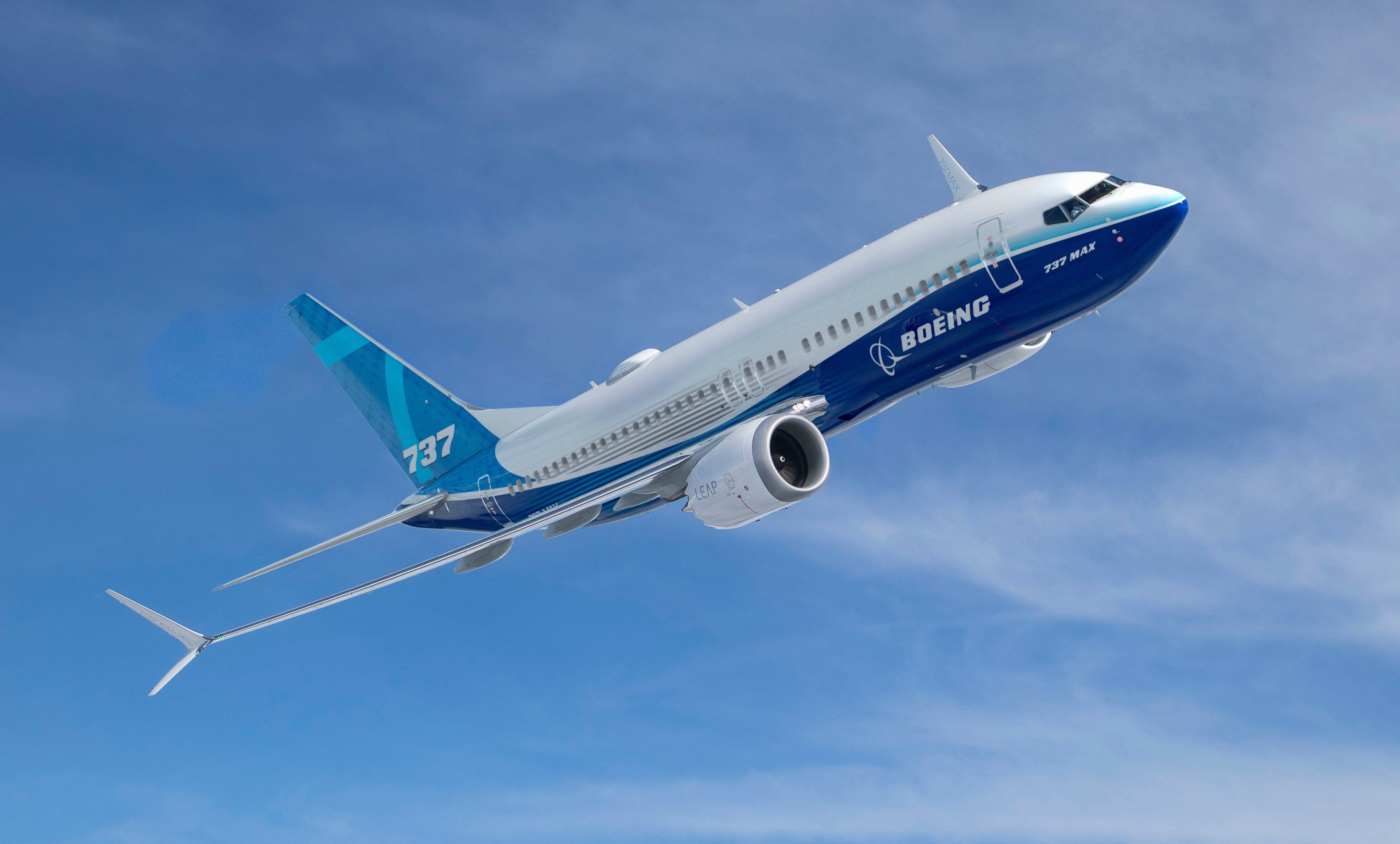With airlines on their most solid financial footing in years and following trends toward fleet modernization, having the best product goes a long way in the commercial aircraft manufacturing industry. New aircraft have received hundreds of orders but for one manufacturer, having the latest tech available has both positives and negatives.
Modern planes
The air shows of 2013 have shown impressive demand for the world's aviation manufacturers. The Paris Air Show saw Airbus, a subsidiary of European Aeronautic Defense and Space Company (EADSY +0.94%), book nearly $70 billion in orders for 466 aircraft. The air show also boasted impressive numbers for Embraer SA (ERJ +1.22%) as the company showed off its new E-Jet series of next-generation regional aircraft.
And new technologies have certainly been the theme. Airbus highlighted the success of its A320neo offering and the success of Embraer's E-Jet series well outpaced the Bombardier (BBD.B +2.28%) C Series. It's questionable to what extent the E-Jet series and the C Series are comparable and with the first flight of the C Series now completed, Bombardier is in a better position to sell the C Series than it was during the Paris Air Show.
And all the latest planes show off fuel-efficiency gains over older models, a primary reason for airline fleet renewal.
Boeing (BA +2.79%) has been hard at work developing modern aircraft as well. The 787 Dreamliner has been well received by airlines that have created several years of backlog orders. New iterations of the 737 have caused lengthy backlogs of their own and the new 777X model recorded 259 orders at the Dubai Air Show for nearly $100 billion at list prices (however, airlines tend to get substantial discounts so it's unlikely the actual amounts total $100 billion).
The other side
In the near term, the new aircraft could have an interesting effect on Boeing's sales. It seems the new 777X is so nice that there could be trouble in moving the current still-in-production 777 models. An analyst at Oppenheimer & Co. questions how well Boeing can bridge the gap between the existing 777 and the 777X saying there are currently only 3.3 years of 777 backlog and the 777X will not enter service for another six to seven years. The analyst sees production of the 777 being cut in the future.
The iconic Boeing 747 has also been a tough sell recently. The older generation 747-400 ended production in 2009 and has been replaced with a modernized 747-800. But the jumbo jet is seeing tough competition from Boeing extended range 777 models that can now compete with the 747 in terms of range. As a result, orders for the 747 have been slow and Boeing has slowed production of the plane as a result.
The bright side
Boeing has developed a next-generation series of aircraft that are attracting an impressive number of orders. The only problem is that the new planes are so popular that some airlines may choose to wait for the new models to enter production rather than purchase existing models.
But this is by no means an end for Boeing. It shows the manufacturer has a very healthy product line that airlines are willing to order in advance. Furthermore, demand for current 737 models is still seen at airlines that either want their new planes sooner or are budget conscious and willing to give up some of the advantages the 737MAX will have. Among the buyers is Delta Air Lines (DAL +1.30%), which ordered 100 737-900ER aircraft back in 2011 for deliveries from 2013-2018. Delta has embarked on a strategy of saving money on aircraft by using older models, even going as far as to purchase 49 teenaged MD-90 aircraft and refurbishing them as well as operating the Boeing 717 aircraft Southwest Airlines acquired in its merger with AirTran.
Filling the gap
Airlines tend to pick up the pace of fleet renewal in good times and reduce orders in bad. This trend is a strong positive for commercial aerospace manufacturers like Boeing, Airbus, Embraer, and Bombardier. The airline industry is experiencing a relative period of stability as mergers have consolidated major carriers and the expected merger between US Airways and American Airlines parent company AMR will reduce the number of large legacy carriers to only three.
The year 2013 has also been a year of strong airline earnings and analyst estimates generally point to even higher earnings next year. For those selling planes, having airlines flush with cash is a strong positive.
Airlines have been placing big orders as the industry becomes more stable and fleet modernization programs are implemented in full force. As a result Boeing, Airbus, and Embraer are taking some of their largest ever orders.
For Boeing, the next generation of aircraft may be holding down sales of the comparatively less attractive current generation of aircraft. But buyers such as Delta Air Lines and other carriers that want to quickly renew their fleets or are looking to save on aircraft costs could very well fill the gap between current aircraft and the next generation of aircraft slated to come into production over the next several years.










